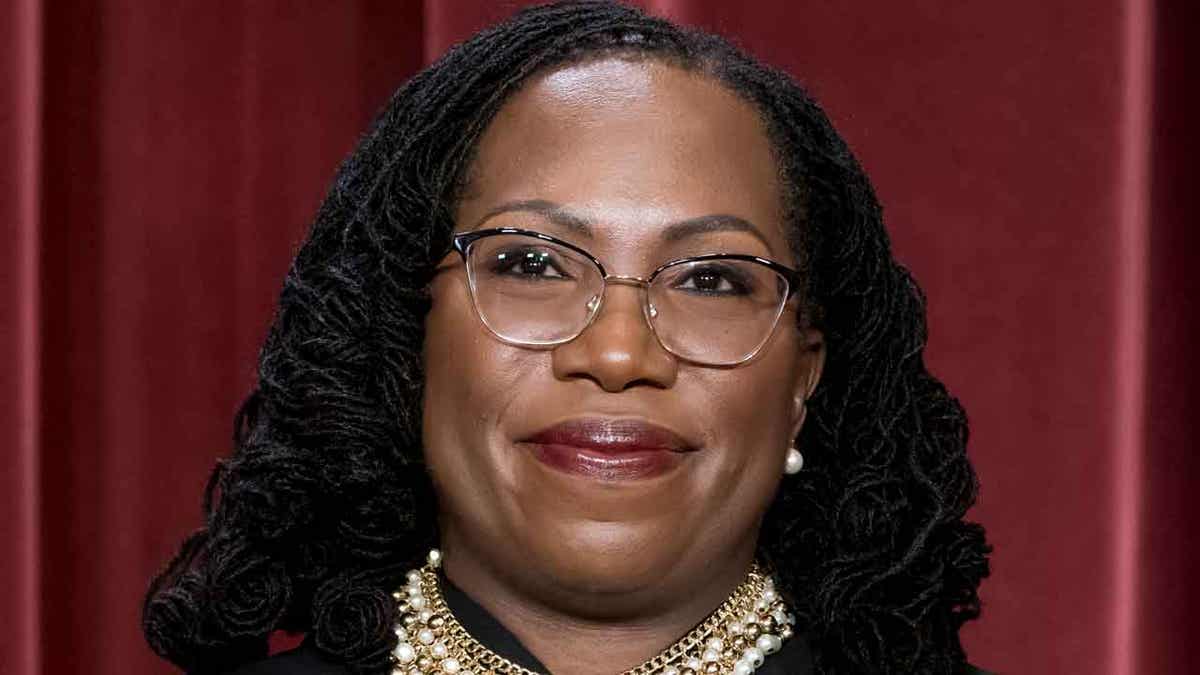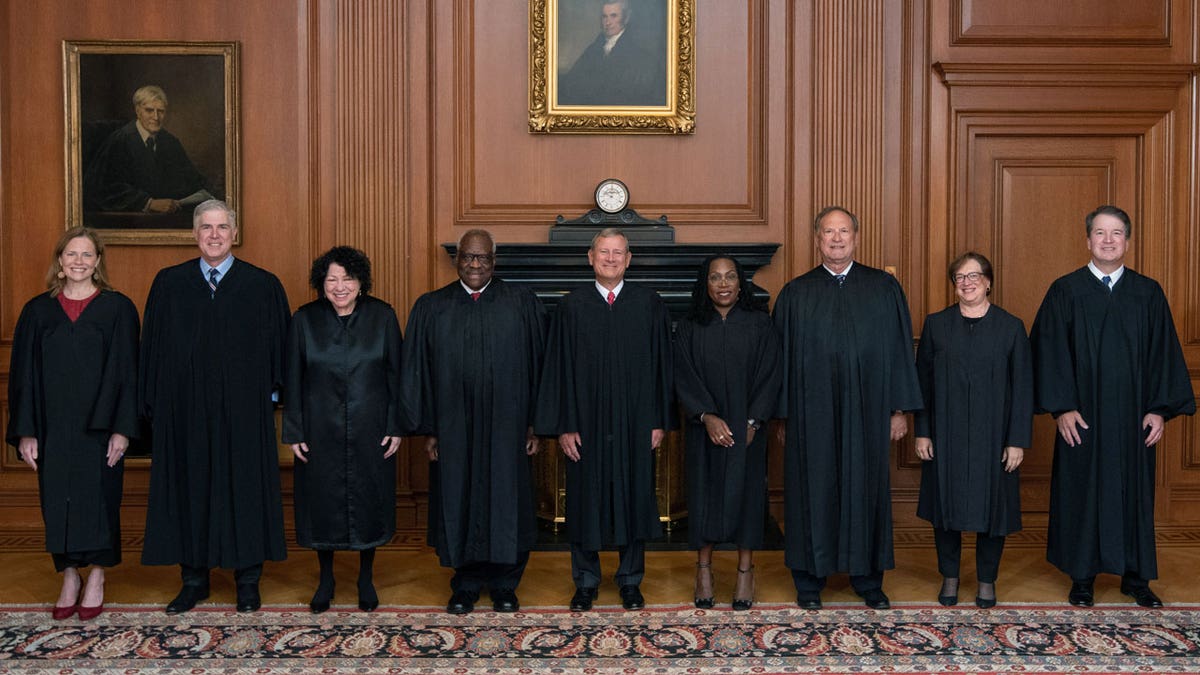Supreme Court Justice Ketanji Brown Jackson's dissenting opinion in the affirmative action case has sparked debate, particularly regarding a statistical claim about the impact of Black physicians on Black newborns. Attorney Ted Frank, in a Wall Street Journal op-ed, characterized Justice Jackson's assertion as "mathematically absurd."
In her dissent, Justice Jackson argued that diversity is crucial, particularly for marginalized communities. She highlighted the importance of representation in professional fields, citing research suggesting positive correlations between patient and physician race concordance and health outcomes. She wrote that for high-risk Black newborns, having a Black physician significantly increases the baby's likelihood of survival.

Frank challenged this claim, arguing that the numbers simply don't add up. He pointed out the extremely high survival rate of newborns in general, making the notion of doubling an already high percentage statistically improbable. Frank, who filed an amicus brief in the case, questioned how such an error could occur.
According to Frank, Justice Jackson's claim was based on a 2020 study referenced in her dissent's footnote. However, Frank contends that the study's findings don't align with the Justice's interpretation. He states the study actually reported a much smaller improvement in survival rates for Black newborns with Black pediatricians, and even then, the improvement wasn't statistically significant for obstetricians.

The Supreme Court's decision to end race-based college admissions, delivered in late June, cited a violation of the 14th Amendment. Chief Justice John Roberts emphasized that benefits awarded to students who have overcome racial discrimination should be tied to individual merit, not race.

Frank concluded by criticizing the study cited by Justice Jackson as "flawed" and expressed concern over a Supreme Court Justice echoing what he considers a misrepresentation of data. He urged careful consideration of evidence and expert opinions before drawing conclusions.
Comments(0)
Top Comments